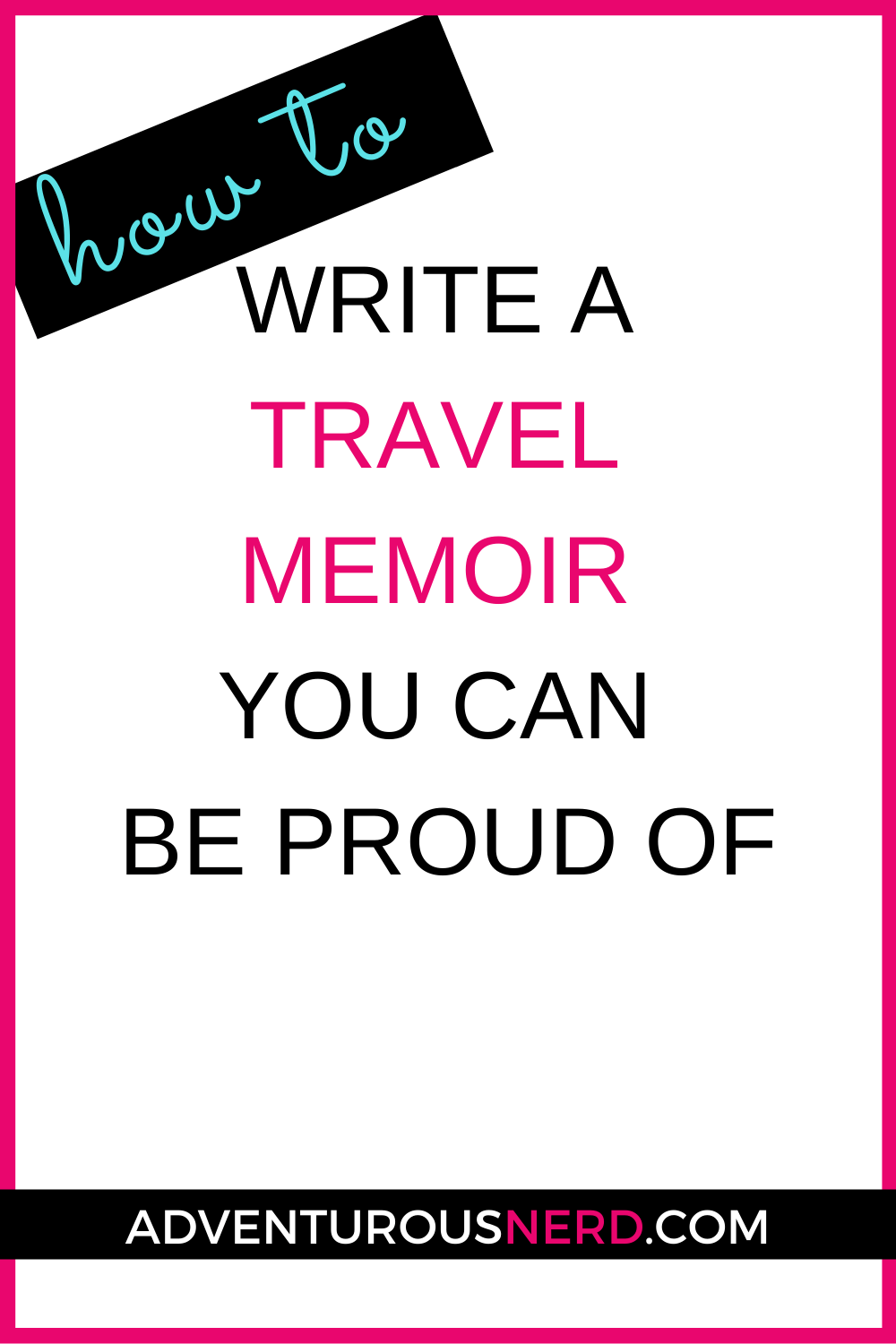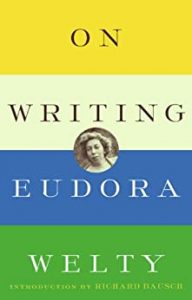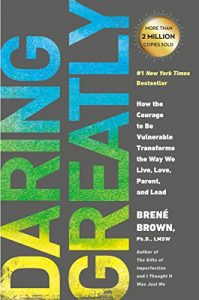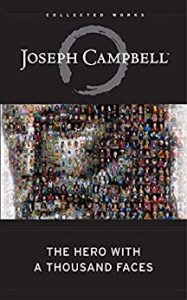
Work Remotely + Travel Independently

How to Write a Travel Memoir You Can Be Proud Of
April 9, 2021 |

“Whatever our theme in writing, it is old and tried. Whatever our place, it has been visited by the stranger, it will never be new again..” (On Writing, 2002). Eudora Welty (April 13, 1909 – July 23, 2001) explored the universality of themes and places in writing in her brilliant book On Writing . This universality, the common threads that tie us together, is what makes novels and memoirs most memorable. When you weave these ties throughout your book, your readers will feel connected to you, your story, your journey (inner and outer). This is how you write a travel memoir you can be proud of.
You can’t predict if your book will be a bestseller. And although hitting a bestseller list seems like a good goal, it adds too much pressure to the writing process. The more pressure you add to yourself, the harder it will be to show up and write. Instead, w hile you’re writing, focus on writing a book that connects with readers.
Connection happens through centering your memoir around a common theme, something that readers can relate to. For example, you don’t need to have walked the Pacific Crest Trail for a thousand miles, as Cheryl Strayed did in her travel memoir, Wild (2012), to relate to enduring physical and emotional pain. Strayed conveyed these pains well in the memoir, which resulted in millions of engaged readers.
So, how can you do the same? How can you wield the concept of universality in your writing to connect with your readers and write a memoir you’ll be proud of?
Here Are Three Ways to Build Connection and Write a Memoir You’ll Be Proud Of
#1 Tell the Truth
Write about the truth of what happened. This takes being open and vulnerable. Many first-time memoir writers tend to hold back the whole story, only writing the easy bits that are top of mind. Dig deeper and let the story unfold. When you start feeling vulnerable and exposed, you’re finally scratching below the surface, you’re getting to the good stuff. Of course, you need to be careful about naming others (you may need to change names and defining features).
( The Gifts of Imperfection , 2010)
Research professor and author, Dr. Brené Brown has dedicated decades to studying vulnerability. Her work revolves around facing the uncomfortable aspects of our nature (such as vulnerability, shame, courage), and how doing so leads to some of our biggest personal transformations. In her 2012 book, Daring Greatly; How the Courage to be Vulnerable Transforms the Way We Live, Love, Parent, Lead , Dr. Brown writes:
In the same way, facing our vulnerability in life gives us purpose, engaging with our vulnerability in our writing gives our books purpose. People yearn for heartfelt stories rich with authenticity.
One of the most powerful characteristics of a memoir is that it’s based on a true story. When I read a memoir, biography, or watch a movie based on a true story, I have a different perspective than consuming a fictional narrative. I do enjoy fiction. But I often feel almost instantly bonded with the main characters of a story based in truth. My heart beats a little faster and my empathy for them feels stronger. This is connection. And this is the power you have when writing a memoir.

#2 Use Storytelling Techniques to Captivate Readers
To do this, you must use elements of storytelling. You’re not writing a novel, but you need to use many of the proven elements of storytelling that captivate readers.
Here’s a quick overview of a few key storytelling elements:
A strong premise. What is the point of your travel memoir? The premise is what gives your book focus. It’s also what builds connection as the premise is related to a universal theme, something all of us can relate to. Remember, you’re writing your memoir to build connection. Always keep that top of mind.
Engaging characters. Are your characters interesting? Not necessarily good or bad in a cliché sense. But are they worth reading about? What makes them different, unique? You need to demonstrate this through their behavior, dialogue, and how they interact and react to the setting.
Well-organized plot . Just like a novel, the main character of your memoir (you) should experience a character arc, a transformation that demonstrates you started out one way and ended another. If you have difficulty with plotting your memoir, consider using a story structure like the ‘hero’s journey’ popularized by Joseph Campbell (March 26, 1904 – October 30, 1987) if it works with your story (it often does). This structure also brings us back to the concept of a universal theme.
Campbell delved deep into the world of universality and relatable archetypes in the mythical stories we pass on for generations and continue to depict in modern entertainment (books, movies, plays, etc.). These stories, though seemingly supernatural, are reflections of our common desires, struggles, and life journeys. As explored in his classic work The Hero with a Thousand Faces (1949):
Reflect on that statement and you’ll understand that most movies, novels, and especially travel memoirs are based around the hero’s journey. It’s such a powerful story because it’s universal. We can relate to it, and so it works.
Here’s a resource that details the Heroes Journey plot structure.
Strong scenes. The purpose of every scene in your memoir is to move the story along. This can be tricky for some travel memoir writers who may want to tell their full travel experience, including bits that are irrelevant to the theme, plot, and character development.
For example, you may have visited the most exquisite city just outside the village where your story is set. That’s a wonderful memory, but detailed descriptions of your visit are irrelevant to your travel memoir unless the description enhances the main setting of your story or further develops your characters, or moves the story along. For every scene you write, ask yourself how it is serving your story.
Engaging dialogue. Writing dialogue is one of the biggest challenges for all writers, especially first-timers. You’ve probably heard the concept ‘show, don’t tell.’ It’s a technique that makes the difference between an engaging story and one which reads like a boring exposition. Dialogue is one of the main means of showing, not telling.
Dialogue also captivates readers. If you’ve read Harry Potter and the Philosopher’s Stone (1997), you’ll have noticed how captivating the book is but you may not have noticed that J.K.Rowling uses dialogue for about 70% of the novel. That is not an easy feat, and I’m not encouraging you to attempt this (you’re not writing a novel, and please don’t try to be J. K. Rowling). I merely point it out to share how dialogue is one of the most powerful tools for keep readers enthralled and for developing your characters.
What your characters say and how they say it are key ways you show who they are and how it relates to your story.
#3 Let the Deeper Premise of Your Story Guide Your Writing
Think about the deeper premise and how your life has changed from before, during, and after the journey. This deeper premise, the point of your memoir, is the universal theme you’re using to connect with your readers.
From Strayed’s Wild :
The book wraps around fear and pain and puts them in the reader’s face. Just as Strayed faces them on her hike. As you read along, you form a bond with her. Not so much the individual characteristics of Strayed but the essence of her suffering, what’s troubling her. The death, loss, and brokenness that threatens our lives and pays every one of us a visit at some point—or many points—in our lifetime.
In the end, your book may land on a bestseller list. But, while writing, that shouldn’t be the aim. Focus on connection. That’s a surer path to writing a book that engages, captivates, and tells a true story of your journey. A travel memoir you can be proud of.
Put These Concepts Into Practice
Step 1. If you have a travel story—or several stories—you’d like to write, start thinking about your premise. What is the point of the story? Why does it need to be told? How will your readers connect with it? What is the underlying premise your ideal reader will relate to?
Step 2. Next, take each of the story elements mentioned above and write relevant notes for your story. You want to build an outline from your notes. If you’re new to fiction writing, memoir, or what makes a compelling story, you’ll need to do further research to learn how to tell an engaging story using these elements.
Step 3. Take classes and/or read books on writing techniques that aren’t your strong suit. A caveat here: be careful not to spend all of your writing time consuming instead of writing. This is common. Don’t fall into that trap.
Step 4. Write.
(related resources that may be of interest to you)

On Writing by Eudora Welty. A brilliant book by one of the most captivating memoirists and novelists. She shares many gems that’ll inspire your writing life and also practical tips to grow as a writer.

Daring Greatly: How the Courage to Be Vulnerable Transforms the Way We Live, Love, Parent, and Lead by Dr. Brene Brown


Travel Memoir Jumpstart Guide
- How to figure out your key motivator to start (and finish) your book
- What a travel memoir is and what it isn’t (don’t make the common mistake many beginning memoir writers make)
- The 6 essential characteristics of a memoir (you need to know these so you can write a memoir people want to read)
- How to write a captivating beginning (you need to hook readers from the start or they’ll close your book and won’t open it again)
- Strategies for building momentum so you start….and keep going (momentum is key to finishing a book project)
You’ll receive the Travel Memoir Jumpstart Guide + updates and tips Occasionally, I also share about my products and services. You can unsubscribe anytime. For more details, review our Privacy Policy.
Let’s Get Started
Loading…
Please check your inbox for your Travel Memoir Jumpstart Guide.
Bon voyage!
-Alicia-Joy
About Alicia

Hello. I’m Alicia Joy. I help people who want to work from anywhere. I’m a writer, avid reader, and nomad. I've been a nomad off-and-on for almost a decade (I like returning to a base country at times). I love to share my own experiences and I'm a research nerd. I love to research stuff and share what I find. I do a ton of research on the topics of remote work, online freelancing, and nomadism. I share the most interesting bits I find.
[…] isn’t about lowering the quality of your writing. You’re always aiming to write books you can be proud of. But it is about finding your sweet spot, your groove. The conditions and habits that foster faster […]
©2022 adventurousnerd.com
Privacy Overview

COMMENTS
Step 2. Next, take each of the story elements mentioned above and write relevant notes for your story. You want to build an outline from your notes. If you’re new to fiction writing, memoir, or what makes a compelling story, you’ll need to do further research to learn how to tell an engaging story using these elements.
The whole purpose of a good story is to portray a sort of journey, that takes the protagonist as well as the reader from the beginning of the book to the end. Travel memoirs turn this into a literal journey from one geographical location to another. When you insert your experience into travel, you allow your reader to go along with you as you ...